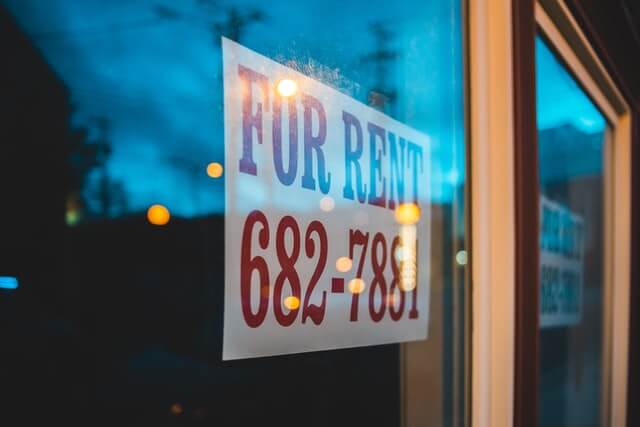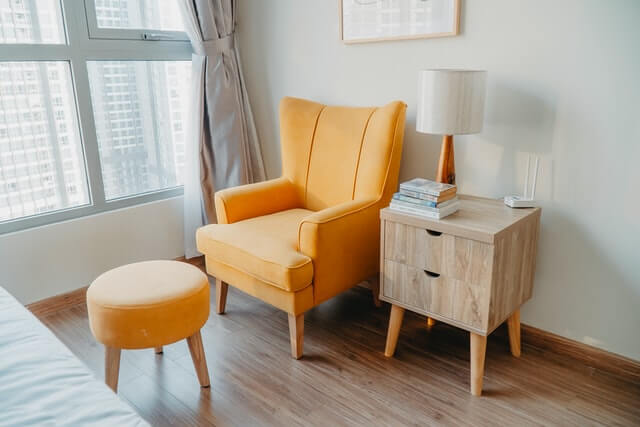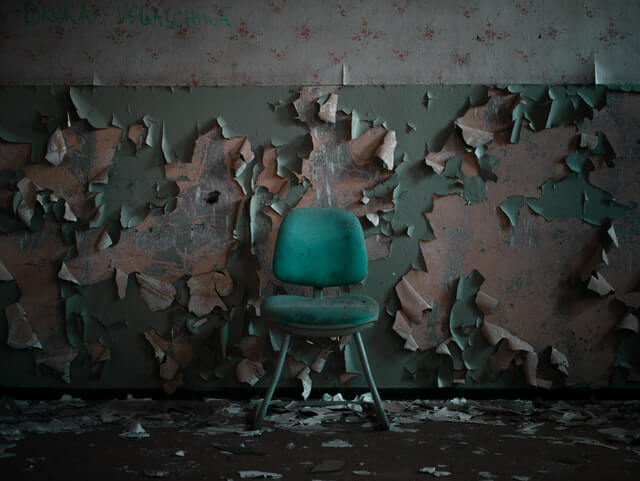The lease agreement is one of the most vital documents in the rental business. It encompasses all aspects such as policies, monthly rent, duration of the contract, etc. There are a lot of samples of formats found online where landlords can fill in the specific details. However, some landlords like to make their lease agreements. It is an advantage for some because ready-made contracts might not have everything covered.
The lease agreement is legally binding once the landlord and tenant sign the document. It will also mean that the landlord cannot modify its contents easily. He has to follow the correct process before changing or adding to the contract. On this note, the landlord must have all details finalized before having the tenant sign. Aside from the essential items, it can also have additional components to cover other things. We call it a lease addendum.

• Lease Addendum
A lease addendum covers the details of a few regulations. Some examples are rules on pets, security devices, smoke detectors, and our topic today: furnished rentals. The supplement for furnished properties includes guidelines on how to care for the furniture and appliances.
Having a lease addendum on furnished rentals is an advantage on the landlord’s part. Because even though he owns the items, other people will make use of them. The landlord should set some ground rules about taking care of his investments. If he doesn’t, the tenants might take them for granted, and he will end up with damaged stuff.
• What should landlords include?
1. Inventory
The landlord should list down all the pieces of furniture and appliances found inside the property. It will also include the condition of the items (dents, flaws, etc.). For example, there is a small dent on the refrigerator’s door. It may seem like a tedious task, but taking pictures should be included in the documentation process. I will also suggest that the tenants accompany the landlord to check these things before moving in. Doing this will ascertain the current state of the furniture.

2. Do’s and Don’ts
The landlord should specify the ways in how the tenants should take care of the furniture. Aside from keeping it clean and intact, there are more ways to care for them. Include the rule that tenants are not allowed to bring inside furniture outside. Natural elements can increase the process of wear and tear.
The placement of the furniture can also influence its condition. Put a distance between the furnishings and the HVAC (heating, ventilation, air conditioning) system. Putting a piece of wooden furniture near a vent can cause damage to the material. The same thing is applied for upholstered furniture because putting them near vents can develop molds.
Accidents can happen, and they may cause damage to some of the furniture on the property. Nevertheless, the tenants should report all of these to the landlord immediately. The landlord would have to check out the possibility of replacing or repairing the damaged item. It will become the tenant’s accountability once they fail to report the damages. At the end of the lease, the landlord should perform a move-out inspection to inspect the furniture. Damages not caused by the normal wear and tear will be paid for by the tenant.

Putting a lease addendum about furnished rentals will regulate the tenants to be careful with the landlord’s properties. If you are advertising a furnished rental, remind the landlord to include the lease addendum. It can help him in more ways than one.
But furnished or not, the property will need the right platform for marketing. Why don’t you try and sign up for Padleads right now? You can publish a property listing and have it syndicated to popular websites all over the internet. It’s easy, convenient, and effective.